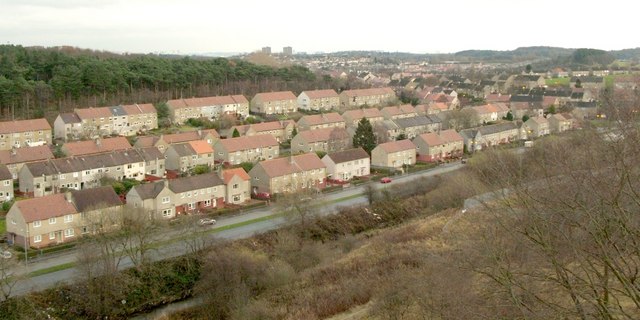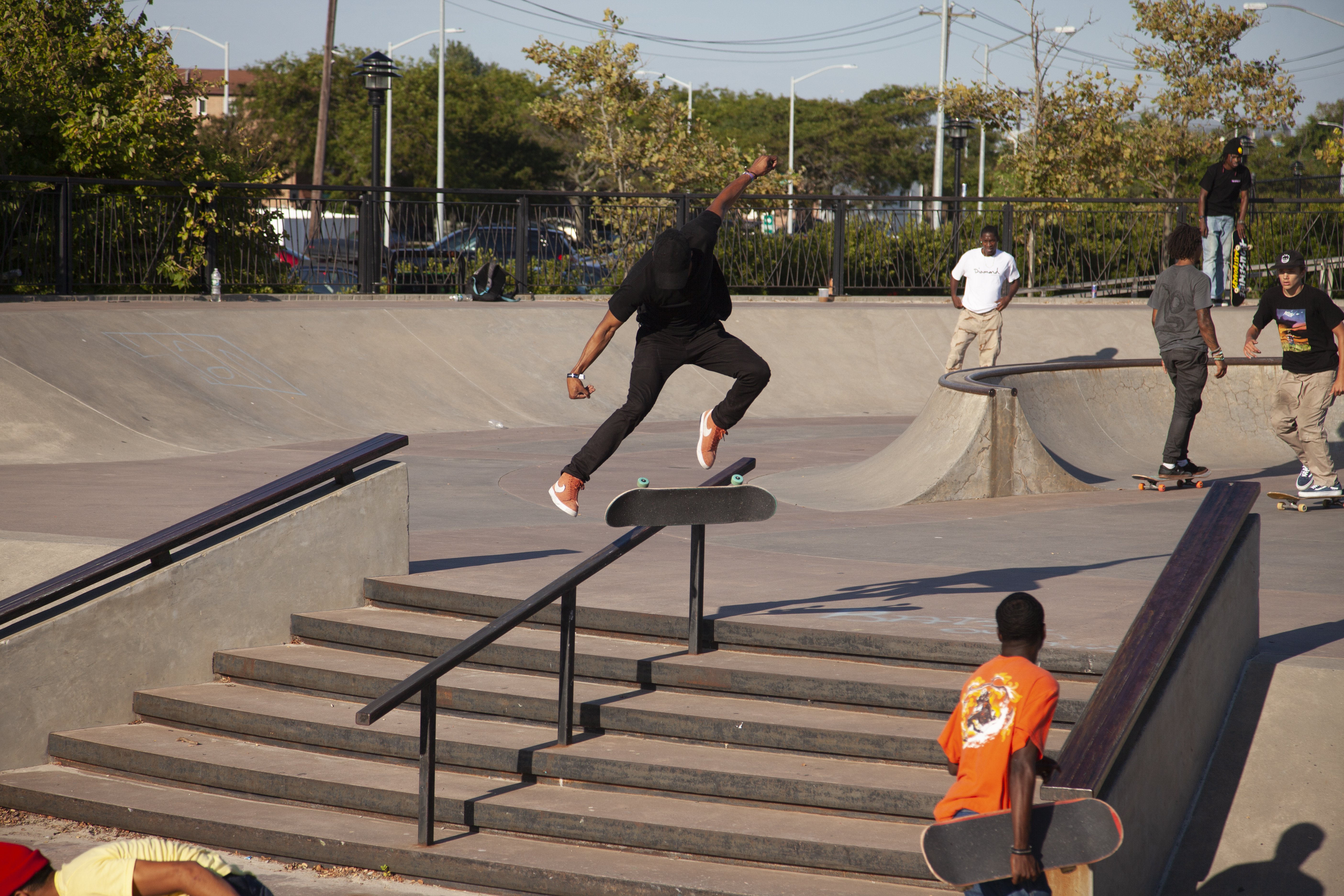|
Corkerhill
Corkerhill is a neighbourhood of Glasgow, Scotland, southwest of the city centre. The area was originally a farm and a few houses built for workers of the Glasgow and South Western Railway at the Corkerhill Depot.Corkerhill Railway Station (Burrell Collection Photo Library, 1900) The Glasgow Story The engine sheds and sidings are still present, although Corkerhill signal box to the rear of the houses now facing Mosspark shops was demolished in the late 1970s. Corkerhill railway station opened on 1 July 1885 as a staff halt for railway workers, and to the public in 1923. It is on the [...More Info...] [...Related Items...] OR: [Wikipedia] [Google] [Baidu] |
Corkerhill Carriage Servicing Maintenance Depot
Corkerhill Carriage Servicing Maintenance Depot is located in Corkerhill, Glasgow, Scotland. The depot is situated on the Paisley Canal Line and is to the east of Corkerhill station. The depot code is CK. Allocation As of 2020, Corkerhill is responsible for the maintenance and cleaning of all 43 ScotRail Class 156s & 18 of the 40 ScotRail Class 158s (units 158723-158736 & 158738-158741) with the other 22 units, 158701-158722 being maintained at Inverness TMD. It is also a cleaning and stabling point for ScotRail Class 318s, Class 320s, Class 380s and Class 385s. Up until the December 2019 timetable change, TransPennine Express TransPennine Express (TPE), legally First TransPennine Express Limited, is a British train operating company owned by FirstGroup that operates the TransPennine Express franchise. It runs regional and inter-city rail services between the major ci ... Class 185s and Class 350s could also be seen visiting Corkerhill overnight for cleaning, ... [...More Info...] [...Related Items...] OR: [Wikipedia] [Google] [Baidu] |
Corkerhill Railway Station
Corkerhill railway station serves the Corkerhill and Mosspark neighbourhoods of Glasgow, Scotland. The station is managed by ScotRail and lies on the Paisley Canal Line, 3¼ miles (5 km) west of . The station was originally a staff halt on the Glasgow and South Western Railway, with a small network of houses having been built for workers at the Corkerhill Carriage Servicing Maintenance Depot (opened 1896);Corkerhill Railway Station (Burrell Collection Photo Library) The Glasgow Story eventually the isolated village was swallowed up by the expanding Glasgow urban area with the construction of the Mosspark, and |
Mosspark
Mosspark ( gd, Pàirc na Mòna) is a district in the Scottish city of Glasgow. It is situated south of the River Clyde, in the southwest of the city. History Mosspark and the lands of East and Mid-Henderston were incorporated into Glasgow in 1909. They covered seventy-two hectares of farmland and their acquisition was prompted by the need to develop peripheral communities to help ease the city's notorious overcrowding. The First World War was crucially important in determining Mosspark's pioneering place in Glasgow Corporation's housing programme. In 1919, groundbreaking legislation made it compulsory for local authorities to implement planned housing schemes, underpinned by subsidies. As a result, Mosspark became the most ambitious of the Corporation's immediate post-war developments. The housing density and extensive green space were inspired by Raymond Unwin and the Garden city movement. The neighbourhood is almost unique within the surrounding area with its tree-lined str ... [...More Info...] [...Related Items...] OR: [Wikipedia] [Google] [Baidu] |
Pollok Country Park
Pollok Country Park is a country park located between Shawlands, Crossmyloof, and Pollok in Glasgow, Scotland. In 2007, Pollok Country Park was named Britain's Best Park, and in 2008 it was named the Best Park in Europe, beating competition from parks in Italy, France, Germany, Poland and Sweden. Despite this, by 2019 it was considered that the park was 'underused' with plans drawn up to encourage more visitors. History and features The park, through which the White Cart Water flows towards Paisley, is the largest within the city of Glasgow. It was originally part of the Old Pollok Estate, which was home to the Maxwell family for over 700 years. In 1966 Mrs Anne Maxwell Macdonald gifted the estate, including Pollok House, to Glasgow Corporation with the condition that it remained a public park. In 1878 the Poloc Cricket Club was established. Their ''Shawholm'' ground is one of several sporting facilities which ring the core of the park, including public playing fields a ... [...More Info...] [...Related Items...] OR: [Wikipedia] [Google] [Baidu] |
Pollok
Pollok ( gd, Pollag, lit=a pool, sco, Powk) is a large housing estate on the south-western side of the city of Glasgow, Scotland. The estate was built either side of World War II to house families from the overcrowded inner city. Housing 30,000 at its peak, its population has since declined due to the replacement of substandard housing with lower-density accommodation. The main features of the area are the nearby Pollok Country Park, where the Burrell Collection is now housed, the ruins of Crookston Castle (within the north part of residential Pollok) which Mary, Queen of Scots once visited, and the Silverburn Centre, one of Glasgow's major indoor retail complexes. Location The country park and the White Cart Water which flows through it form the northern and eastern boundary of the district, with Corkerhill and Cardonald the closest northern suburbs. Recent developments in the late 20th and early 21st century have created an adjoining neighbourhood to the west of Pollok at ... [...More Info...] [...Related Items...] OR: [Wikipedia] [Google] [Baidu] |
Glasgow And South Western Railway
The Glasgow and South Western Railway (G&SWR) was a railway company in Scotland. It served a triangular area of south-west Scotland between Glasgow, Stranraer and Carlisle. It was formed on 28 October 1850 by the merger of two earlier railways, the Glasgow, Paisley, Kilmarnock and Ayr Railway and the Glasgow, Dumfries and Carlisle Railway. Already established in Ayrshire, it consolidated its position there and extended southwards, eventually reaching Stranraer. Its main business was mineral traffic, especially coal, and passengers, but its more southerly territory was very thinly populated and local traffic, passenger and goods, was limited, while operationally parts of its network were difficult. It later formed an alliance with the English Midland Railway and ran express passenger trains from Glasgow to London with that company, in competition with the Caledonian Railway and its English partner, the London and North Western Railway, who had an easier route. In 1923 the G&S ... [...More Info...] [...Related Items...] OR: [Wikipedia] [Google] [Baidu] |
Politics Of Glasgow
The politics of Glasgow, Scotland's largest city by population, are expressed in the deliberations and decisions of Glasgow City Council, in elections to the council, the Scottish Parliament and the UK Parliament. Local government As one of the 32 unitary local government areas of Scotland, Glasgow City Council has a defined structure of governance, generally under the Local Government etc. (Scotland) Act 1994, controlling matters of local administration such as housing, planning, local transport, parks and local economic development and regeneration. For such purposes the city is currently (as of 2020, since 2017) divided into 23 wards, each returning either three or four councillors via single transferable vote, a proportional representation system. From 1995 until 2007, single members were elected from 79 small wards. Among other appointments, one of the councillors becomes its leader, and one other takes on the ceremonial and ambassadorial role of Lord Provost of Gla ... [...More Info...] [...Related Items...] OR: [Wikipedia] [Google] [Baidu] |
Skate Park
A skatepark, or skate park, is a purpose-built recreational environment made for skateboarding, BMX, scootering, wheelchairs, and aggressive inline skating. A skatepark may contain half-pipes, handrails, funboxes, vert ramps, stairsets, quarter pipes, ledges, spine transfers, pyramids, banked ramps, full pipes, pools, bowls, snake runs, and any number of other objects. History The first skatepark in the world, Surf City, opened for business at 5140 E. Speedway in Tucson, Arizona on September 3, 1965. Patti McGee, Women's National Champion, attended the grand opening. The park had concrete ramps and was operated by Arizona Surf City Enterprises, Inc. A skatepark for skateboarders and skaters made of plywood ramps on a half-acre lot in Kelso, Washington, USA opened in April 1966. It was lighted for night use. California's first skatepark, the Carlsbad Skatepark opened on March 3, 1976. The World Skateboard Championships were held here on April 10, 1977. It operated unt ... [...More Info...] [...Related Items...] OR: [Wikipedia] [Google] [Baidu] |
Sir Alex Ferguson
Sir Alexander Chapman Ferguson (born 31 December 1941) is a Scottish former football manager and player, best known for managing Manchester United from 1986 to 2013. He is widely regarded as one of the greatest football managers of all time and has won more trophies than any other manager in the history of football. Ferguson is often credited for valuing youth during his time with Manchester United, particularly in the 1990s with the " Class of '92", who contributed to making the club one of the richest and most successful in the world. Ferguson played as a forward for several Scottish clubs, including Dunfermline Athletic and Rangers. While playing for Dunfermline, he was the top goalscorer in the Scottish league in the 1965–66 season. Towards the end of his playing career he also worked as a coach, then started his managerial career with East Stirlingshire and St Mirren. Ferguson then enjoyed a highly successful period as manager of Aberdeen, winning three Scottish ... [...More Info...] [...Related Items...] OR: [Wikipedia] [Google] [Baidu] |
Gaelic Football
Gaelic football ( ga, Peil Ghaelach; short name '), commonly known as simply Gaelic, GAA or Football is an Irish team sport. It is played between two teams of 15 players on a rectangular grass pitch. The objective of the sport is to score by kicking or punching the ball into the other team's goals (3 points) or between two upright posts above the goals and over a crossbar above the ground (1 point). Players advance the football up the field with a combination of carrying, bouncing, kicking, hand-passing, and soloing (dropping the ball and then toe-kicking the ball upward into the hands). In the game, two types of scores are possible: points and goals. A point is awarded for kicking or hand-passing the ball over the crossbar , signalled by the umpire raising a white flag. A goal is awarded for kicking the ball under the crossbar into the net (the ball cannot be hand-passed into the goal), signalled by the umpire raising a green flag. Positions in Gaelic football are similar t ... [...More Info...] [...Related Items...] OR: [Wikipedia] [Google] [Baidu] |
Football Pitches, Pollok, Glasgow - Geograph
Football is a family of team sports that involve, to varying degrees, kicking a ball to score a goal. Unqualified, the word ''football'' normally means the form of football that is the most popular where the word is used. Sports commonly called ''football'' include association football (known as ''soccer'' in North America and Australia); gridiron football (specifically American football or Canadian football); Australian rules football; rugby union and rugby league; and Gaelic football. These various forms of football share to varying extent common origins and are known as "football codes". There are a number of references to traditional, ancient, or prehistoric ball games played in many different parts of the world. Contemporary codes of football can be traced back to the codification of these games at English public schools during the 19th century. The expansion and cultural influence of the British Empire allowed these rules of football to spread to areas of British ... [...More Info...] [...Related Items...] OR: [Wikipedia] [Google] [Baidu] |







